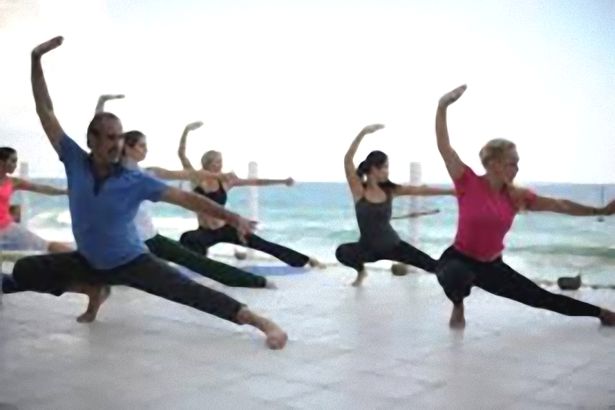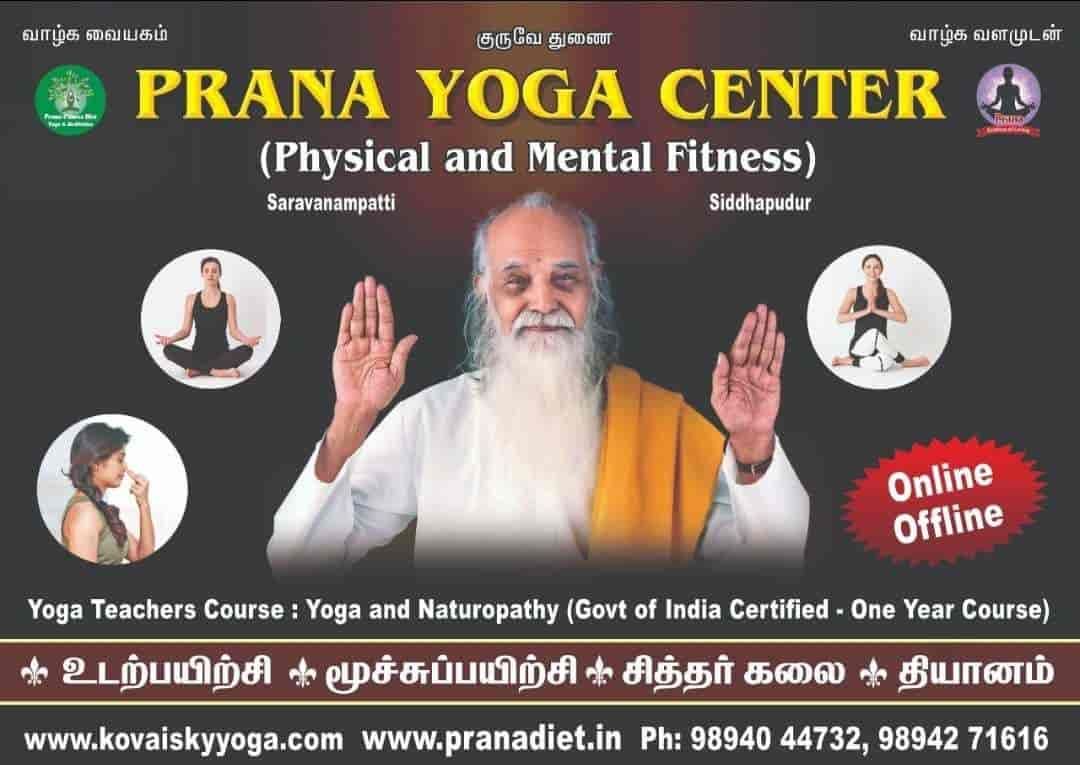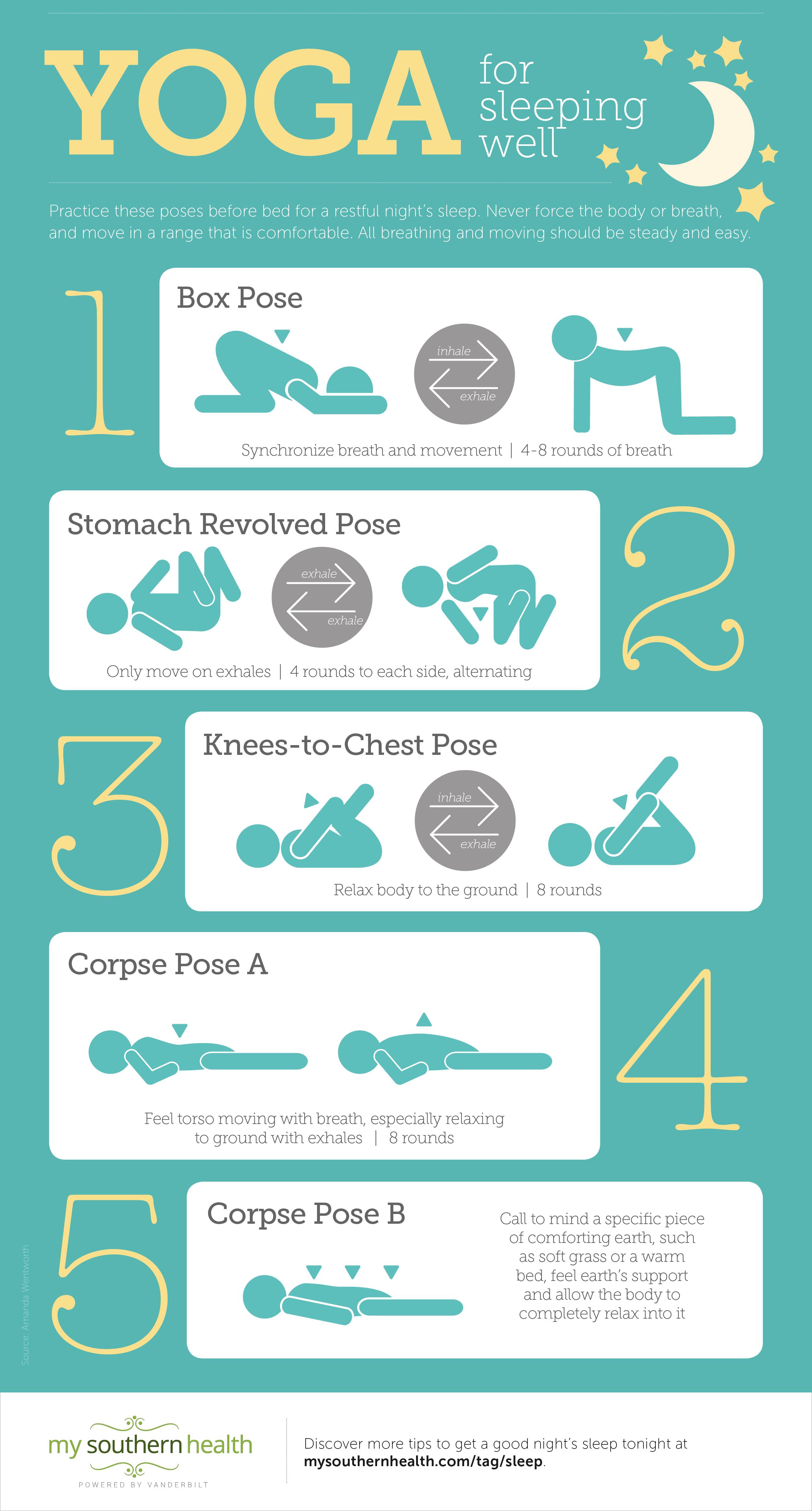
The word yoga originates from Sanskrit, which means to unite or join. This union refers to a union of mind and body, and to the individual consciousness with universal consciousness. Yogaic practice was widespread in India during the early years of the 20th century. Lord Shiva was the first to be identified as a yogi. He spread it via his writings. These books were then translated into many other languages and sent to various regions of the world.
As yoga became more mainstream, it was not unusual for it to have a more western appearance in Europe. In the early 1900s VHS tapes and DVDs were popularized, which led to widespread distribution of yoga videos. Yoga became popular due to the rapid spread of the Internet and the booming fitness industry. The transatlantic flight and invention of the microphone made it possible to reach large audiences.
Yoga dates back thousands of year. Yoga was first practiced as a spiritual discipline, but Westerners discovered it in the late 19th century. Swami Vivekananda, an Indian monk brought the practice to the rest of the world. He then taught yoga in West Europe, where it became popular in modern times. This is an excellent way to learn about the history of yoga.

Yoga's roots can be traced back to northern India in ancient times. The Vedas (the oldest of the four Vedas) contain references to the practice. The Rig Veda is home to over 1000 hymns as well as 200 mantras. The Rig Veda was used by priests of the Vedic age to learn about the different positions and postures of yoga. Many Rishis refined the practice in later centuries and brought the modern version to life. The Upanishads provide great information about yoga's history.
The history of yoga began with the first mentions of yoga in ancient India. The practice evolved to include physical postures, also known as asanas. Hatha yoga gained popularity in the U.S. around the turn of the 20th century, when many teachers began adding asanas onto their classes. In the 1970s, the practice gained acceptance worldwide. Yoga's popularity and spread was fueled by its birth in the United States.
Yoga has a complex history. Its roots go back to 2000 BC, when yoga was primarily about the mind. It was then influenced by western gymnastics and the first Hatha Yoga practices were created. The practice developed into Hatha yoga in the 1920s. Asanas can be used today to help achieve this goal.
The roots of yoga's origins lie in ancient India. The practice of yoga thousands of years ago was very different to the Vinyasa classes we have today. However, by studying the history of yoga, you will be able to appreciate it more and understand it better. Ancient yoga, for example, was not practiced the same as modern-day Yoga. You can trace back thousands of year to the origins and gain a deeper understanding of Yoga.

A rich tradition of yogic practices can also be found in the history of yoga. The ancient yogis were largely Hindu, but they were influenced by the Hindu culture. Yoga was generally banned in the west because of its British origins. The practice of yoga only began to spread to the rest of Europe and the US after these events. Yoga was introduced to the United States by Indian gurus in the late 1800s. Asana, a form of meditation, is one example.
Asana is the foundation of most yoga practices. The practice of asana is ancient. Yoga was spiritual and religious in the 5th century. Jainism was also included in the ancients. The Classical Period witnessed the first systematic presentation and explanation of yoga practices and beliefs in Hinduism or Jainism. The popularity and influence of yoga grew over the centuries. But as with any new practice, the roots of it are still rooted in the same principles and ideals.
FAQ
How To Build Muscles Fast?
It is important to eat healthy food and lift weights frequently in order to quickly build muscle.
Mornings are the best time to workout.
Exercises such as push-ups and bench presses are good options.
Take a look at different weight training options and make sure to drink plenty of fluids throughout the day.
What diet supplement is best to lose weight?
Losing weight requires both diet and exercise. Some people find that supplements can help them along the journey.
A few studies have suggested that omega-3 Fatty Acids might help weight loss. Omega-3s are essential fats that are important for brain function and cell membrane integrity. These fats are found in seafood such as salmon, tuna and shrimp.
Other research suggests that green tea might be beneficial for weight loss. Green tea has catechins, which are antioxidants that can help increase metabolic rate and encourage weight reduction.
Is it true that overeating protein causes kidney stones?
Protein helps to maintain healthy bones, tissue, and skin. Too much protein can cause calcium to be excreted through the urine. This can lead kidney stones.
It is important to keep in mind that not everyone will develop kidney stones if they consume more protein than 2 grams per kilogram (2.2lbs). People can eat large amounts of protein and not get kidney stones.
You can prevent kidney stones by watching your sodium consumption. Sodium helps regulate water balance in the kidneys. High levels of sodium are linked to a greater risk of developing renal stones.
If you have kidney stone, you might also consider reducing your protein intake. The majority of adults need protein for half their daily caloric needs. You'll lose weight if you reduce your intake of protein.
If you do decide to eat more protein, don't go overboard. You should aim to consume less than 20% of your total calories from protein.
Statistics
- The PRS enabled risk stratification for overall prostate cancer and lethal disease with a four-fold difference between men in the highest and lowest quartiles (HR, 4.32; 95% confidence interval [CI], 3.16-5.89). (pubmed.ncbi.nlm.nih.gov)
- According to the American Heart Association, blood pressure should be checked at least once every two years, beginning at age 20. (my.clevelandclinic.org)
- Candidates and applicants must pass all four tests at 70% (minimum level) to graduate from Basic Deputy U.S. Marshal (BDUSM) Training. (usmarshals.gov)
- 10 pounds in a month is likely during a lean bulking phase, especially for beginners. (muscleandstrength.com)
- According to the American Academy of Dermatology (AAD), men over 50 are at a heightened risk of developing it. (healthline.com)
External Links
How To
What is the best food for men to eat?
Men should eat five meals a day of fruits, vegetables and other healthy foods. They must also avoid red meat and fast food.
Fruits and veggies are packed with antioxidants that protect against cancer, cardiovascular disease, and other diseases.
Vegetables include broccoli, cauliflower, carrots, spinach, tomatoes, peppers, cucumbers, lettuce, mushrooms, etc.
High in fiber and protein, beans and peas also have high levels of protein.
Omega-3 fatty acids are abundant in nuts and seeds. Essential for hormone production and brain function, omega-3 fatty acids are vital.
Fish is another great source of omega-3s. Fish contains more mercury than most other meats. However, fish liver oil does contain fewer toxins.
Omega-6s found in vegetable oils like corn, soybean, safflower, sunflower, and cottonseed oils are necessary for average growth and development.
Poultry provides a lot of lean meat. Chicken breast is one the healthiest meats.
Lean beef is low-in saturated fats as well as cholesterol. You should limit your intake of red meat as it can increase your risk for prostate cancer.
Avoid sausages and hot dogs. These meats can be carcinogenic because they contain nitrates.
No doubt exercise is crucial for good health. However, what if your exercise routine is already regular? Is there any other way to improve or maintain your physical health?
The answer is yes To get the most from your workouts, there are several things you can do. These are some tips that will help you get the most out of your workouts.
Start slow. Injure yourself if your first session is too intense. Begin at a pace you're comfortable with, and then gradually increase your intensity.
Before and after you stretch. Stretching can help to loosen tight muscles, decrease soreness, improve flexibility, and reduce pain. Stretching can be done standing, lying down, or walking.
Cool down. This is especially important when you are doing cardio exercises. You need to allow your body time to rest between sessions so that it doesn't get tired. For cooling down, you can walk slowly, take deep breathes, or go for short swim.
Hydrate. Drinking plenty of fluids helps keep you hydrated and reduces muscle cramps. Water is the best drink, but sports drinks are also good.
You must eat right. Get enough calories in each day. Regular meals throughout the day will help keep you energized and focussed during your workouts.
Get enough rest. You'll wake up feeling refreshed and ready to start your next workout when you sleep properly. The best way to heal tissues is through sleep.